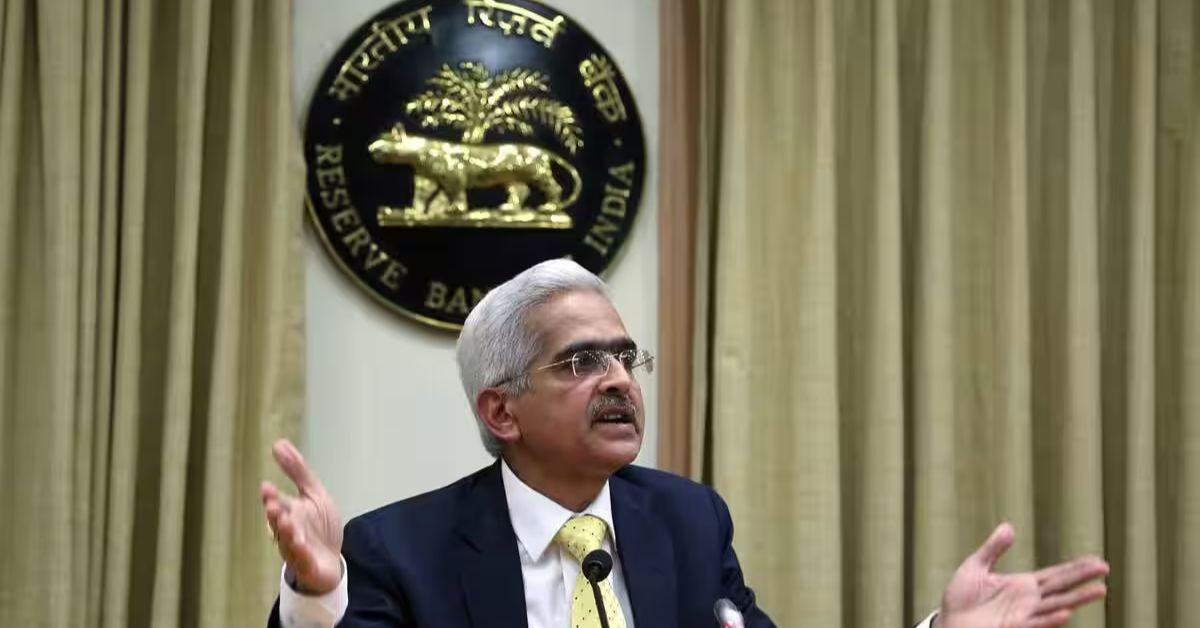The RBI’s Monetary Policy Committee maintains the repo rate at 6.5%. Experts weigh in on the impact and future outlook for India’s economy.
In a highly anticipated move, the Reserve Bank of India’s (RBI) Monetary Policy Committee (MPC) has decided to keep the repo rate unchanged at 6.5% during its latest bi-monthly monetary policy meeting held from October 4 to October 6. This marks the fourth consecutive meeting where the Monetary Policy Committee has opted to hit the pause button on rate changes.
The repo rate is the key interest rate at which the RBI lends money to commercial banks. This decision was taken unanimously by the six-member Monetary Policy Committee, led by RBI Governor Shaktikanta Das, and it comes amidst both domestic and global economic challenges.
As the RBI addressed the nation, Governor Shaktikanta Das expressed optimism about India’s role as a new growth engine for the world, highlighting the country’s resilience in the face of economic adversity.
The decision to maintain the unchanged repo rate has been hailed as a festive bonanza for homebuyers. It offers them an extended opportunity to make cost-optimized home purchases. The stable interest rates are expected to catalyze growth in the residential real estate market. According to ANAROCK Research, housing sales in the top 7 cities hit a new peak in Q3 2023, recording a 36% yearly growth, largely thanks to stable home loan interest rates. On the flip side, the prolonged period of elevated interest rates may impact rate-sensitive sectors like banking, automobile, core industries, and heavyweight balance sheet companies.
The global bond yields and the appreciation of the US dollar are expected to affect the domestic economy and capital flows, albeit with a mixed bias in the short term. The RBI’s decision in the Monetary Policy Committee to maintain its “withdrawal of accommodation” stance is driven by concerns about high inflation. Inflation risks stem from volatile food and energy prices both domestically and globally, influenced by geopolitical factors and climate changes. While headline inflation is expected to moderate in the near term, uncertainty persists due to lower reservoir levels, reduced sowing, and global food and energy price fluctuations. However, the softening of core inflation provides hope for keeping overall inflation in check.
Experts suggest that global market forces are a significant factor influencing central banks worldwide. While the RBI’s pause on rate changes is a temporary respite, many anticipate higher interest rates in the coming year due to escalating global bond yields. To sustain India’s robust growth rate, the RBI has chosen to keep interest rates unchanged amid rising oil prices and global challenges. The high interest rates are expected to persist for some time before central banks consider changes.
Governor Shaktikanta Das reiterated the RBI’s commitment to macroeconomic stability and inclusive growth. The central bank continues to monitor the evolving economic landscape, ensuring that its policies align with the nation’s progress.
Looking ahead, the RBI’s decision to keep the repo rate steady at 6.5% sets the tone for India’s economic path, as it balances inflation concerns with the need for continued growth and stability. While the short-term outlook remains cautious, the nation’s resilience and determination are expected to drive the economy forward.
